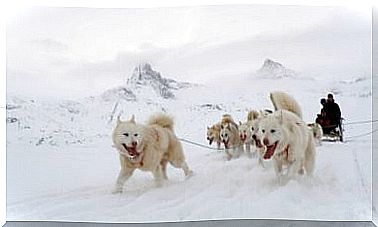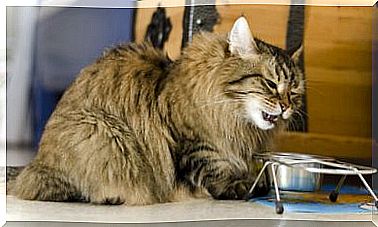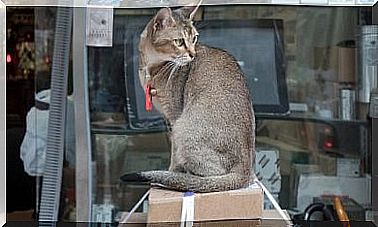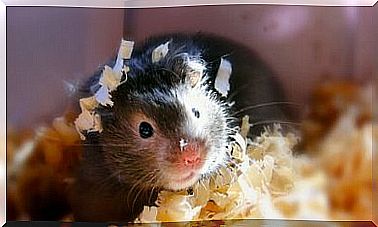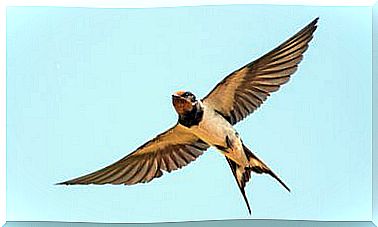The Starling Bird And Its ‘black Sun’

The common starling is a medium-sized bird with black plumage whose bill changes color depending on the time of year. But this is not the only curious thing about the species, since it has the ability to imitate sounds and form flocks so numerous that they completely cover the sky in a phenomenon known as ‘black sun’.
Starling characteristics
The starling is a bird that measures about 23 centimeters and weighs about 100 grams. Its feathers are almost completely black, since depending on the time of year or the age of the specimen it can present spots or white, purple or green tones.
The legs are pink or reddish in color, and the bill is narrow with a well-pointed tip, brown in winter and yellow in summer. The only way to differentiate between the sexes is because the male has a more grayish bill than the female.
It is considered a noisy bird, since its song is made up of different tones and sounds. Although they both sing, they are more ‘talkative’ and can copy songs or noises they hear around them.
These increase during the breeding season and decrease after mating. As it grows, the starling will have a more extensive ‘musical repertoire’ and can more easily attract a mate.
Females tend to choose specimens whose songs are complex, as it is synonymous with experience and longevity. These more difficult songs serve to defend the territory from the invasion of younger males.

As for their diet, the starling has a fairly extensive diet. It is primarily insectivorous and prefers spiders, moths, dragonflies, ants, flies, beetles, or grasshoppers. Sometimes it can eat worms, snails and even frogs. If you don’t get any of it, you can always have some grains, seeds, or fruits.
In any case, it feeds close to the ground, among the short grasses. Therefore, it is common to see a group of starlings in the vicinity of grazing animals. They take advantage of their grouping in flocks to get food: they descend to earth when they find a good place to eat and, after satisfying their appetite, they take flight.
The starling and the phenomenon of the black sun
This bird is very gregarious, which means that it usually goes from here to there in groups, especially in autumn and winter, outside the breeding season. Although the number of individuals that make up the flock is variable, some have thousands of individuals.
One of the theories in relation to why this massive union has to do with a defense system against birds of prey such as the hawk or the peregrine falcon, their main predators.

While flying, starlings form a spherical formation that frequently expands and contracts. They do not have one or more leaders, but speed, movements and course are determined by all of them.
One of the main problems starlings cause when flocked together is the amount of droppings they produce. In the areas known as ‘roosts’ up to half a meter of waste can accumulate, which at that concentration is toxic and deadly for certain trees and plants. Although in smaller quantities, they can serve as a natural fertilizer.
Every spring – from March to April – flocks of more than a million common starling birds can be seen in southwest Jutland, Denmark, before sunset. They nest in northern Scandinavia and begin migrating to breeding grounds.
The best ‘swarm’ style behavior creates very complex and dark shapes in the sky. This phenomenon is known as ‘black sun’ because the sky is dyed that color by the number of birds that cross it.
If you want to enjoy a unique natural spectacle such as the sort sol (in Danish) you must travel to the marsh area of the towns of Ribe and Tonder. A similar phenomenon also occurs in some areas of the UK, albeit smaller because it ‘only’ includes 50,000 starlings, which is known as ‘murmurs’.


